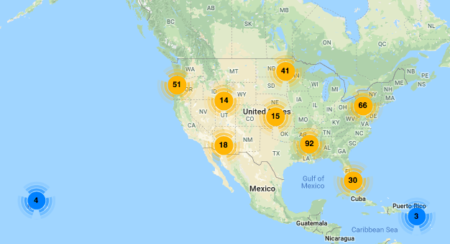Oh gosh, I forgot all about this.

You can watch the whole thing on livestream. And of course there’s a hashtag.
Good to see the usually neglected yams getting a proper airing.
Bhattacharjee Ranjana @IITA_CGIAR @RTB_CGIAR is exploring yam genetic diversity and sharing key results for more effective breeding programs #ISTRC2018 pic.twitter.com/pNulUPZ2FE
— Claudio Proietti (@cldprtb) October 23, 2018

